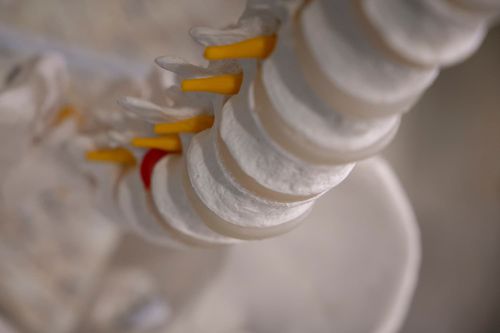What is Structural Integration?
Structural Integration is a form of bodywork that focuses on the connective tissue of the body called fascia. It surrounds and encompasses the muscles, groups of muscles, organs, blood vessels and nerves connecting some structures together while allowing others to easily slide over each other. The fascia is designed to give muscles their shape and the body its structure.
Fascia is intended to be elastic and freely move with the bones and muscles. Stress, injuries, the continuous gravitational pull, effects of aging, and work-related repetitive movements can cause the fascia out of alignment and lose its elasticity and become tighter, shorter and more dense. Tightened or misaligned fascia can pull the skeleton and muscles out of correct alignment and cause poor posture, bringing about discomfort, pain and fatigue.
Structural Integration helps to align and balance the body and works to stretch, lengthen and soften the restricted fascia to bring about postural balance, efficient movement and feelings of being comfortable with one's own body.

How Does Structural Integration Work?
Structural Integration is performed over several sessions within a specifically designed and customised approach. The practitioner applies pressure to specific points on the body, working the entire myofascial system in a systematic and customised way. When the restricted fascia is released, the body can return to its structurally optimal position.
During a session of Structural Integration, significant changes in the body's posture, movement and physical experience are achieved through education, awareness and therapeutic touch. The bodywork focuses on the fascia rather than on the muscles.
Structural Integration emphasises movement education, which might also address issues concerning or habits of standing posture, walking, sitting, breathing, or any specialized movements in everyday life.
What are the Benefits of Structural Integration?
An aligned and balanced body promotes movement that is devoid of pain and discomfort. Structural Integration improves the body's posture and allows its muscles to work more efficiently to conserve energy. Moreover, it can help address the root causes of many health issues, including the following:
- Stress
- Anxiety
- Depression
- Neck and back pain
- Joint dysfunction
- Headaches
- Tennis elbow
- Sciatica
- Scoliosis
- Muscle pain
- Chronic fatigue syndrome
- Cerebral palsy
- Fibromyalgia
- Plantar fasciitis
- Tendonitis
- Ankle and knee pain
- Postoperative recovery
- Insomnia and other sleep disorders
- Low self-esteem
What Can You Expect From Structural Integration?
During the initial treatment session, the practitioner performs an intake process which includes the client's health and personal history, followed by an initial assessment of how they hold and move their body. Typically, the practitioner observes the posture of the client while they're standing, their breath, gait (walking) and other basic movements. The information gained will be used in designing a session strategy for the client.
The amount of pressure that the practitioner applies to the client's body may vary greatly, ranging from light to heavy or slow-moving to still. It largely depends on the client's therapeutic intent and preferences. Additionally, the client may also experience various sensations. Getting feedback from the client will help the practitioner adjust the pressure where necessary.
Structural Integration is usually performed between ten to thirteen sessions, with each session building upon the previous. The practitioner often tailors their approach to the individual needs and preferences of the client.
A typical session runs for an hour and a half, which takes place once every week for the whole treatment series. Clients can be in their undergarments or wear either a two-piece swimsuit or loose-fitting shorts paired with a short-sleeved shirt during treatment. The practitioner has to work on the fascial tissue that stretches throughout the body, so it is best to avoid wearing any tight-fitting clothes.
Structural Integration provides lasting changes, and clients will continue to notice its positive effects long after the treatment has been completed.
Is Structural Integration Safe?
Structural Integration is safe and beneficial to anyone. It may bring a little discomfort as it repairs the body's connective tissue, but constant communication between the client and practitioner will enable the latter to keep the pressure within the former's pain threshold. Mild side effects such as cold-like symptoms and soreness may be experienced for a couple of days.




